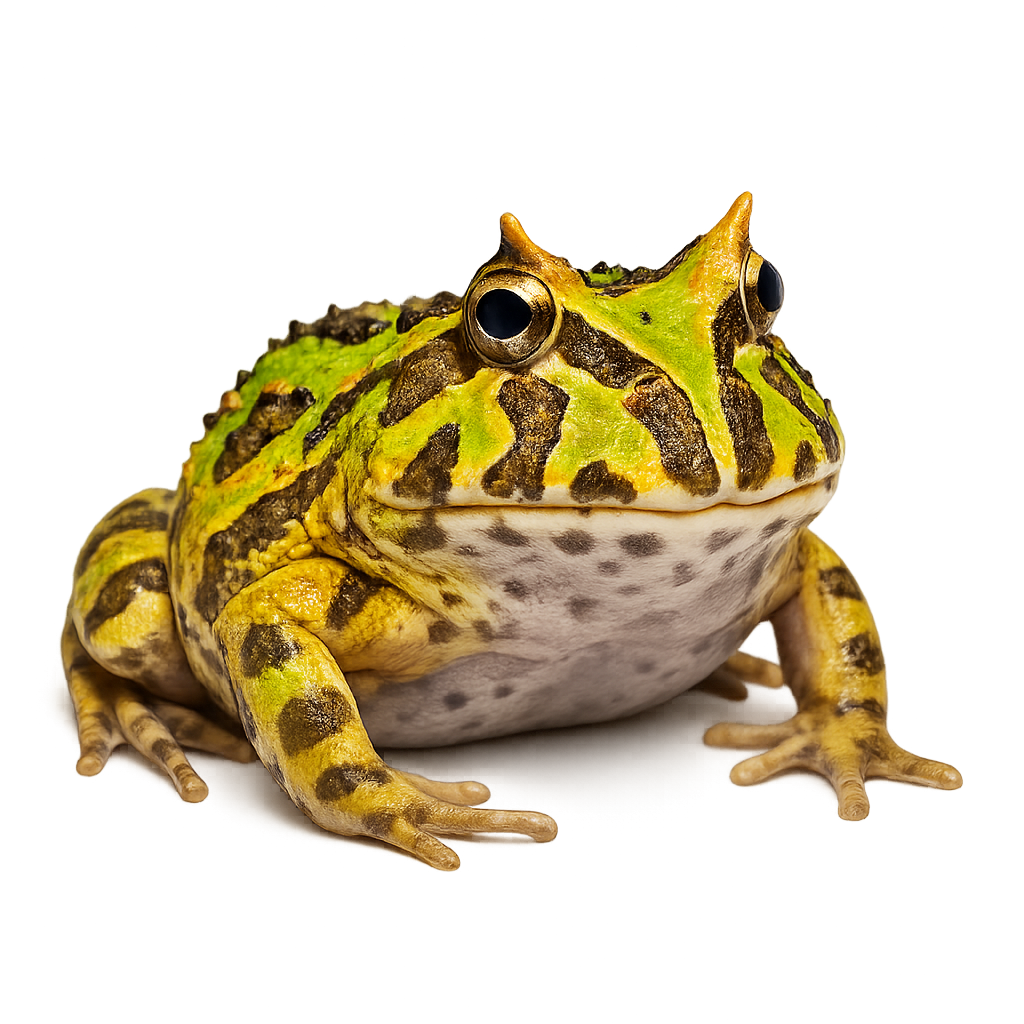Your wildlife photography guide.
Explore the ornate horned frog in detail, study its behavior, prepare your shots.
Where to observe and photograph the ornate horned frog in the wild
Learn where and when to spot the ornate horned frog in the wild, how to identify the species based on distinctive features, and what natural environments it inhabits. The WildlifePhotographer app offers tailored photography tips that reflect the ornate horned frog’s behavior, helping you capture better wildlife images. Explore the full species profile for key information including description, habitat, active periods, and approach techniques.
Ornate horned frog
Scientific name: Ceratophrys ornata

IUCN Status: Least Concern
Family: CERATOPHRYIDAE
Group: Amphibians
Sensitivity to human approach: Somewhat shy
Minimum approach distance: 5 m
Reproduction period: April to October
Incubation: 30-40 jours
Births: April to October
Habitat:
Sandy areas, dry forests, desert plains
Activity period :
Mainly active at night, generally discreet during the day.
Identification and description:
The Desert Horned Frog is an amphibian species found in the dry, sandy regions of South America, particularly in Argentina, Paraguay, and Uruguay. This toad is easily recognized by the large 'horns' above its eyes, giving it an imposing appearance. It is primarily terrestrial and often hides in the sand or under dead leaves to protect itself from the daytime heat. This frog is a voracious predator, using its large mouth to capture prey as large as small mammals or other amphibians. It is primarily nocturnal and waits until nightfall to hunt.
Recommended lens:
Macro – adjust based on distance, desired framing (portrait or habitat), and approach conditions.
Photography tips:
Photograph the Desert Horned Frog in its natural environment, preferably at dusk when it becomes active. Use soft, diffused lighting to avoid disturbing the animal. Use a macro lens to capture the details of its 'horns' and textured skin. Be discreet and photograph from a distance, ensuring not to disturb its natural habitat.
The WildlifePhotographer App is coming soon!
Be the first to explore the best nature spots, track rutting seasons, log your observations, and observe more wildlife.
Already 1 430 wildlife lovers subscribed worldwide

